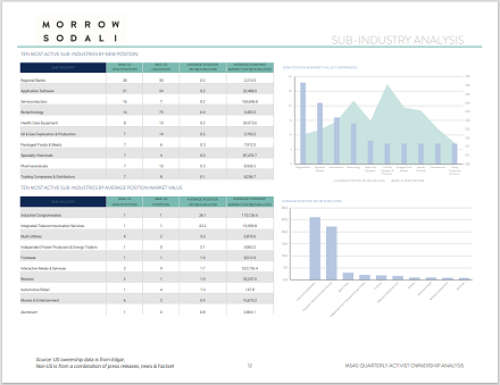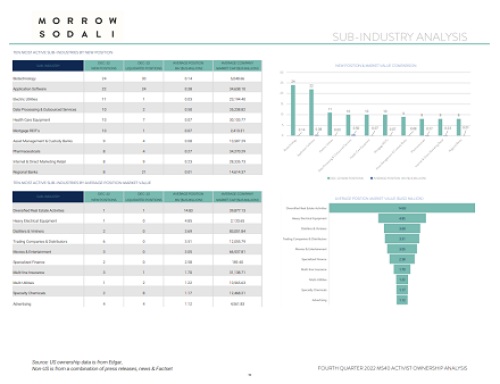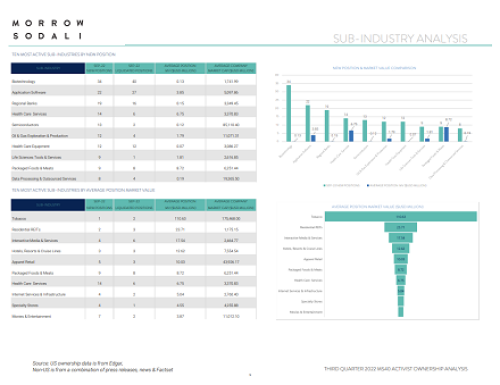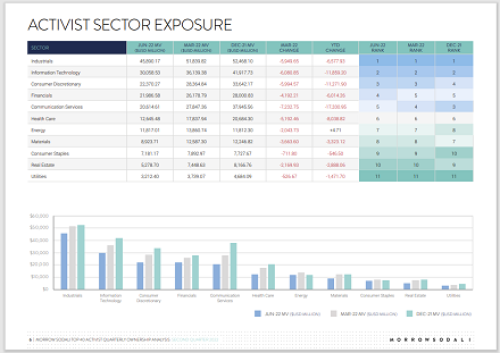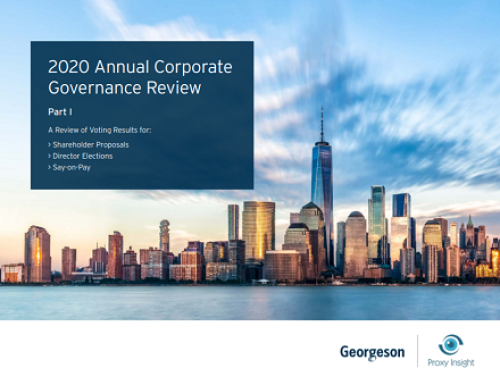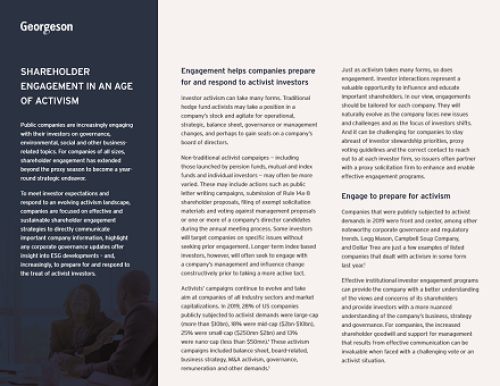Activists increasingly focusing on smaller firms, says the National Association of Corporate Directors
Year-round shareholder activism has become the new norm in the US boardroom. As activists accumulate more capital, they are able to launch more campaigns, with a greater success rate, against both large and small companies.
The National Association of Corporate Directors’ (NACD) new report, Director essentials: Preparing the board for shareholder activism, examines trends in activist campaigns, types of investors and their methods of influence, and the board’s role in preparing for and responding to an activist challenge.
The activist landscape today:
– Activists’ assets under management are growing. From 2003 to 2014, activist hedge funds grew from $12 bn to $112 bn in assets under management. During 2013, activist hedge funds participated in three quarters of all activist campaigns – a record high, according to a January study by JPMorgan Chase & Co
– Activists are focusing more closely on smaller companies. Thirty-five percent of micro-cap companies – the largest percentage of any company size – were approached by an activist between spring 2014 and spring 2015, according to the NACD’s most recent public company governance survey
– More board seats are granted to activists than are won through a proxy fight. John Laide’s activism blog, sharkrepellent.net, states that 117 board seats were granted to activists and 10 won via vote in 2015, compared with 61 board seats granted and eight won via vote in 2010
– The most commonly targeted industry was the services sector in 2014 and 2015, while the financial and healthcare sectors saw more growth in the number of campaigns than any other sectors from 2014 to 2015, shows data from Activist Insight and Schulte Roth & Zabel.
What should boards do?
Boards have a unique oversight role and a duty to help maximize shareholder value. Effective boards discipline themselves to think more like outsiders and view their companies through the eyes of an activist. Recognizing areas of vulnerability, questioning management’s presentation of financial and operational data, and identifying underperforming assets can help pre-empt an activist challenge.
NACD encourages directors to make a priority of understanding their shareholder base and communicating with them about company strategy and corporate governance practices.
Boards should be prepared to consider activists’ ideas and create an activist-response team that will serve as the point of contact with the activist.
Friso van der Oord is director of research at the NACD. This is an edited version of the executive summary from Director essentials: Preparing the board for shareholder activism. The full report is available to NACD members.


